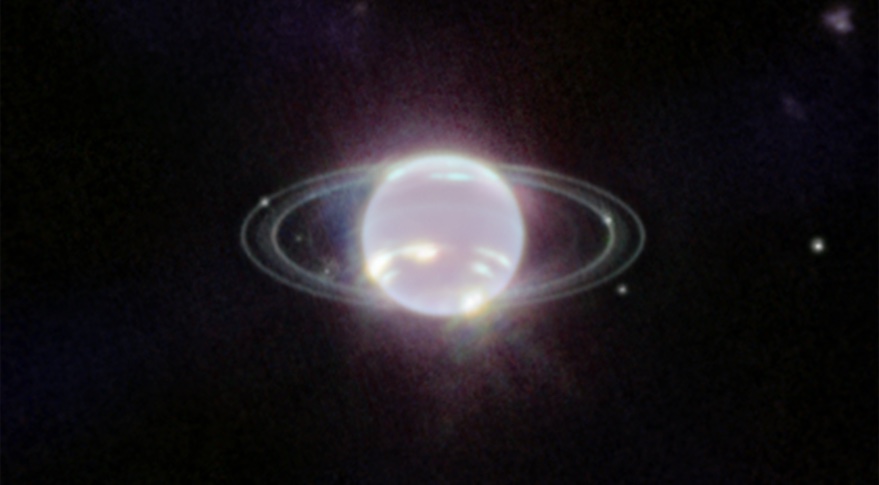PARIS — One part of an instrument on the James Webb Space Telescope is out of service temporarily, although project officials are confident it will not be a long-term problem.
NASA announced Sept. 20 that it had stopped using one of four observing modes on the Mid-Infrared Instrument (MIRI) on JWST after a mechanism that supports that observing mode “exhibited what appears to be increased friction” during preparations for an observation. Controllers first noticed the issue Aug. 24, and the project convened an anomaly team to study it Sept. 6.
The problem affects medium-resolution spectroscopy observations with the telescope. The other three observing modes — imaging, low-resolution spectroscopy and coronagraphy — are not affected, and observations using those modes of MIRI are continuing.
NASA officials played down the issue in presentations at the International Astronautical Congress (IAC) here Sept. 21. “We’re taking a break and just making sure it works well,” said Thomas Zurbuchen, NASA associate administrator for science, during a plenary presentation.
Engineers “do not anticipate that this will preclude this will preclude using this instrument in the future, but they wanted to understand why they’re seeing this particular increase in friction,” said Eric Smith, JWST program scientist at NASA Headquarters, during a press conference later in the day. He described the decision to halt use of the medium-resolution spectroscopy mode as one made out of “an abundance of caution.”
The issue with MIRI is one of three challenges for operations of JWST that Zurbuchen mentioned in his IAC presentation. The others are micrometeoroid hits on the telescope’s mirrors and access to the Deep Space Network (DSN) for communications during the upcoming Artemis 1 mission.
Smith said the project is seeing the expected number of micrometeoroid hits on the mirror, but that one of the impacts, during the spacecraft commissioning process, was larger than expected. “We expect maybe one hit of that magnitude per year,” he said. “So far, the indications are we’ve seen that hit early, but we’ll have to verify that over the course of the year.”
He said after the briefing that the demands on the Artemis 1 mission may limit the amount of time the DSN can communicate with JWST. “In nominal operations we have eight hours of contact a day,” he said. “We start to be concerned when it gets below four hours a day.”
There may be a “handful” of days during the mission when DSN time drops below that four-hour threshold, he said. In that case, controllers will plan observations that require less data storage on the spacecraft so it can go longer between DSN contacts. “Stuff gets shuffled around, but it doesn’t prevent science.”
JWST continues to perform at or above expectations otherwise. At the IAC press conference, the mission released an infrared image of the planet Neptune, its rings and moons, the most detailed look at the distant planet since the Voyager 2 spacecraft flew by it in 1989.
The telescope has also observed galaxies in the distant universe, showing some that date back to just 400 million years after the Big Bang. “James Webb has been delivering data to us for a little over two months, and already in that time it’s revolutionized the field of very early and distant galaxies,” said Guido Roberts-Borsani, a postdoc at UCLA involved in those observations, at the press conference. “Let’s see what we can do in a year.”
